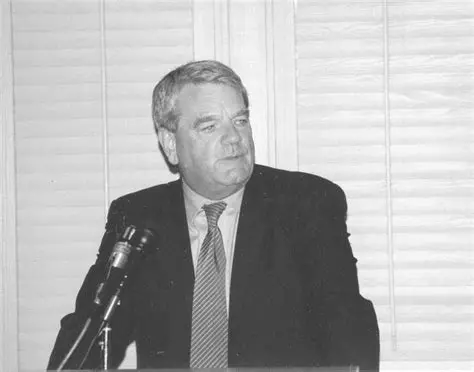Fritjof Meyer has withdrawn from the public debate
In May of 2002 Fritjof Meyer, editor-in-chief of the magazine Der Spiegel, published in the monthly Osteuropa, whose editorial commission is headed by Rita Süssmuth, former president of the Bundestag, an article (p. 631-641) entitled “Die Zahl der Opfer von Auschwitz. Neue Erkenntnisse durch neue Archivfunde” (The number of victims of Auschwitz. New figures through the discovery of new archives). Rejecting the figure of 4,000,000 victims (the official one until 1990) and that of 1,500,000 (no less official, but steadily revised since 1995), he boldly proposed the “presumed” figure of 510,000 dead, of whom probably 356,000 killed by gassing. He stated that this “genocide” had “most likely” been perpetrated “predominantly” (überwiegend) outside the camp, in the “White Farm” or “Bunker I” and the “Red Farm” or “Bunker II”. For the guardians of the holocaustic faith this latter assertion contravened the dogma holding that the gassings had been carried out, very predominantly, in the four great crematories of Auschwitz-Birkenau.
From July 2002 revisionist publications announced this spectacular revision coming from an author who in his study had condemned what is called Nazi barbarism. In November the Journal of Historical Review presented an account by Mark Weber on pages 24-28 of its issue dated May-August of that year. In February 2003 the first issue of Germar Rudolf’s The Revisionist carried an essay on the subject by Carlo Mattogno (p. 30-37). In Germany itself, the review Nation und Europa launched and maintained a long revisionist campaign on the theme of F. Meyer’s “revisionism”. Wieland Körner dealt with the matter in a brief work entitled Die neue Sicht von Auschwitz (The new view of Auschwitz), January 2004, Durchblick-Bücher, PF 33 04 04, D 28334 Bremen.
Some orthodox authors indeed found it necessary to break the silence at their end. In Die Welt of 28 August 2002 Sven Felix Kellerhof opened fire by bemoaning the fact that a “key witness of the liberal left” had lost his way and gone to the aid of the “Holocaust deniers”. There followed a controversy, with F. Meyer protesting his good intentions and “antifascist” convictions. In turn Franciszek Piper, the Polish communist and former curator of the Auschwitz Museum, entered the fray. F. Meyer made a rejoinder. The affair began to grow nasty. Certain revisionists cleverly forced the German judicial authorities to explain their failure to prosecute F. Meyer. Their answer: the author had doubtless come forth with reduced figures but he had done so without minimising the gravity of the crime (for the full text of the Lüneberg public prosecutor’s reply, see Recht und Wahrheit, n° 11 & 12, p. 16-17, published in Tenerife).
Eventually, with the business nonetheless taking a more and more irksome turn for him, the editor-in-chief of Der Spiegel preferred to throw in the towel. In a short piece dated 12 February he stated that, in view of the profit that the revisionists had garnered from his article and their intention in future to persist in “instrumentalising” his arguments, he preferred to withdraw from the public debate. In closing, he called for a mobilisation against fascists wherever they might be. He confided his decision to the “Information Service against Rightwing Extremism” (Informationsdienst gegen Rechtsextremismus) directed by Albrecht Kolthoff who, for his part, in a text of February 23, said that, although he understood F. Meyer’s decision, he deplored it.
September 6, 2004

